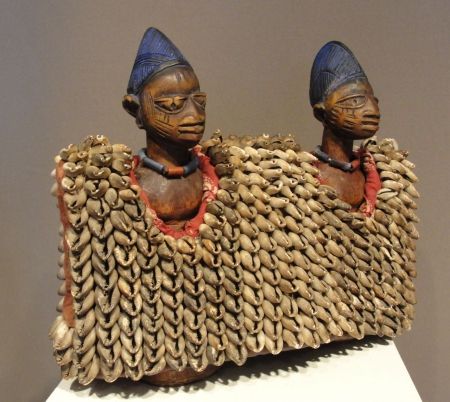The Ibarapa tribe are a group of Yoruba people predominantly located in the Southwest of Oyo State, Nigeria. They are bordered on the East by the people of Oyo, Egbado on the West, Egba on the South, and Onko (a group consisting of Iwajowa, Iseyin, and Kajola Local Government Areas) on the North. The town is 100km north from Lagos.
Interesting fact: The name,Ibarapa, was derived from a local specie of the melon plant, known as Egusi Ibara.
HISTORY
Migration is a common factor when talking about the history of any tribe. The history of Ibarapa is traced largely to migration from the old Oyo Empire during the constant wars between the different Yoruba states. These groups included refugees who escaped the trans-Saharan slave trade, which was the order at that time.
After the old Western Region was dissolved and a new one consisting of Oyo, Ogun, and Ondo states was created, the people of Ibarapa had a conflict. While a certain percentage demanded to be merged with Ogun state, claiming that they have their history embedded in Egba, the other group maintained that they had nothing to do with Abeokuta, and would therefore, like to remain where they were – in Oyo State.

The latter group was favoured, and in 1976, the federal government accepted the resolution for Ibarapa to remain in Oyo State.
IBARAPA MEJE
Ibarapa is made up of seven paramount towns known as Ibarapa meje (i.e. seven Ibarapa towns). These towns include: Igangan, Eruwa, Igbo-Ora, Idere, Aiyete, Tapa and Lanlate. These seven towns are grouped under the three local government areas in Ibarapa, namely: Ibarapa Central, Ibarapa East, and Ibarapa North local government areas. Idere and Igbo-Ora are grouped under Ibarapa Central; Eruwa and Lanlate are grouped under Ibarapa East; and Tapa, Aiyete, and Igangan are under Ibarapa North.
Created in 1996 by the federal government, Ibarapa North and Central were carved out of the former Ifeloju Local Governement Area, while Ibarapa East was carved out of old Ibarapa Local Government Area.
These seven Ibarapa towns are further subdivided, each of them having smaller villages under them, thereby making a total of 30 cluster villages in Ibarapa, excluding the seven major towns.
- Lanlate – Adeta, Alala, Ikana, Iwena, and Agasa
- Aiyete – Imofin, Iwafin, Igbodoko, and Orile-Odode
- Tapa – Tapa, Iki, Ago, Oba, and Kogba
- Eruwa – Olaribukusi and Akalako
- Idere – Koso, Apa, Onigbio, and Oke-Oba
- Igangan – Idiyan, Akoya, Asuranran, and Omidigbo
- Igbo-Ora – Saganun, Idofin, Igbo-Ile, Pako, Iberekodo, and Igboora
THE MYSTERY OF TWINS IN IBARAPA

Multiple births have been recorded highest in Ibarapa after a survey carried out by an Obstetrician Professor, Nylander. The twins, which were mostly non-identical, were recorded at 45.1 in every 1,000 live births all over the world. Particularly, Igbo-Ora is regarded as the “land of twins”, because the town is recorded to have the highest number of twins.
Although mysterious, it is believed that there is a special kind of yam breed in the town that is responsible for multiple births. Unlike other towns, the Ibarapa mostly eat their yams in form of amala, a meal made from yam peel grinded to fine powder.
GOVERNANCE
Besides political governance, the people of Ibarapa are ruled traditionally by the Eleruwa of Eruwa and Onilala of Lanlate.
ECONOMIC ACTIVITIES
The Ibarapa people are largely farmers due to their fertile lands. They grow mainly food crops such as okra,pepper, tomatoes, yam, cashew, palm kernel, melon, cowpea,maize, and fruits albeit some of these crops are also exported. They also engage in fishing, hunting and animal husbandry.
Those in Ibarapa Central local government are noted for their traditional works such as art and craft, traditional cloth dyeing, cloth weaving, blacksmithing, hunting, soap making, etc.
Their major markets are Oja- Isale, Obada, and Alabi Konko.
RELIGIOUS BELIEF AMONG THE IBARAPA PEOPLE
The two religions, Christianity and Islam coincide peacefully alongside with traditional religion without losing its cultural supremacy. Worshippers of the different religions do things together amicably.
References: Google Books [2], Oyo State Government, Tukool, WikiWand, Wikipedia, Ibukun Writes

